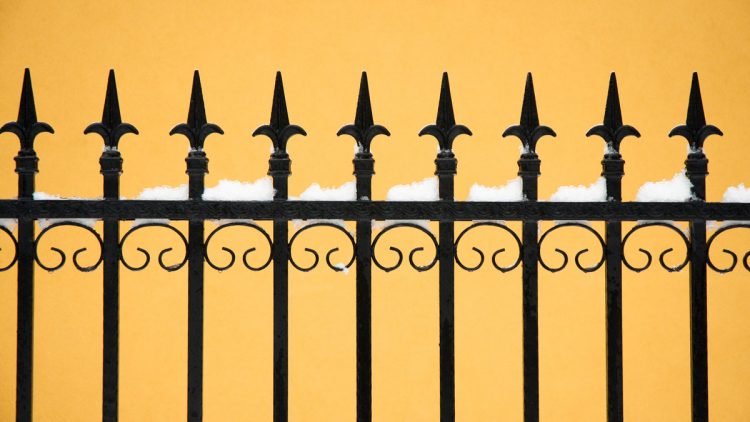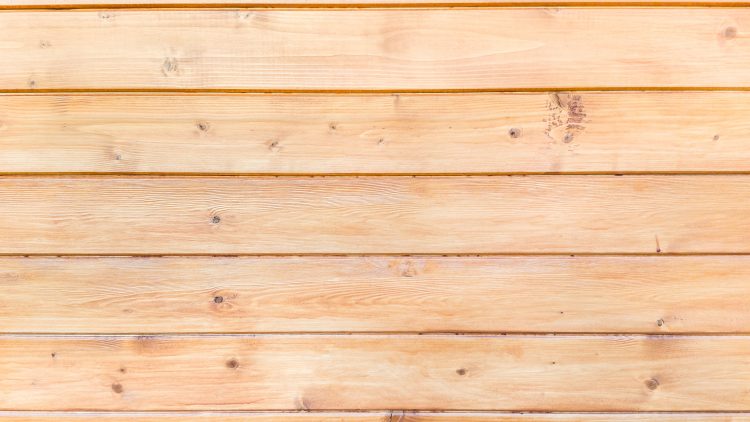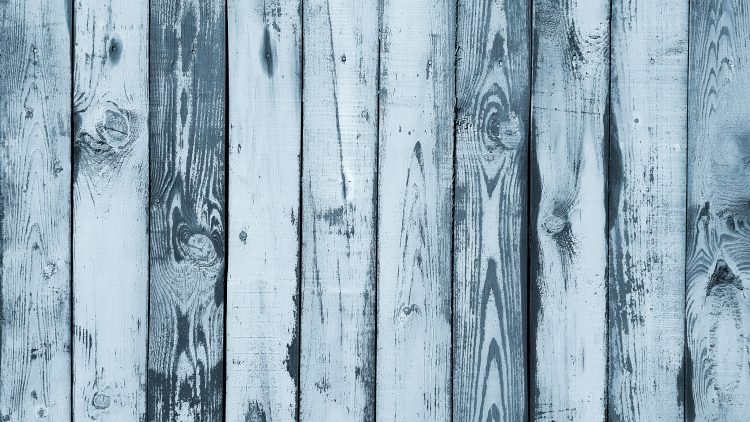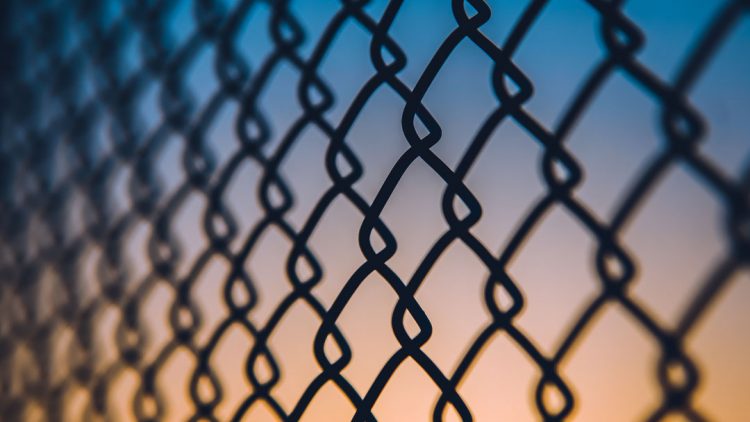Using A Chalk Line For Fence Installation
In order for fence panels and rails to fit correctly between fence posts, fence posts must be perfectly aligned along a fence line. Using a chalk line permits the creation of a perfectly straight line and leaves a trace of chalk on the ground or other surface. It is nearly impossible to install wooden fence posts so that the fence tops are all at the same height. Typically, the height of the fence posts must be cut to provide a tidy appearance. Marking the required height of the posts using a chalk line eliminates the need to measure each individual post.
Identifying Fence Rows
- At each corner where you desire to erect a fence, drive a 12-inch wooden stake into the earth. Use a rubber mallet to drive the stakes into the ground approximately 6 inches deep. If you are installing a fence on a hard surface, such as around a concrete patio, use wooden blocks instead of wooden posts to mark the corners.
2. Working with two adjacent stakes or blocks, pull a chalk line taut between the stakes or blocks. You can either affix the chalk line to the stakes or have assistance hold it tightly against the stakes or blocks.
3. Pull the chalk line thread up and let it go. Snap the string multiple times and in multiple locations along the line until you can see the thin chalk line on the surface beneath. On hard surfaces such as concrete, gravel, and even bare soil, chalk is far more visible than on grass. Therefore, expect to break the line multiple times on grass.
4. Immediately spray landscaping spray paint over the chalk line drawn on the ground or other surface. Paint increases the visibility of the line, especially on grass. Mark each fence post’s location with a spray-painted “X” after determining the distance between them. Install the fence posts at each X and the fence panels in between the fence posts.
Identifying Post Height
- Mark the desired height on the end and corner fence posts with a pencil after measuring them to the desired height. The markings must be placed at the same height on each post.
2. Pull a chalk line string taut between two corner or end posts, ensuring that the string contacts the front of all fence posts. Recruit individuals to hold the line in place at both ends.
3. Snap the chalk line string multiple times along the fence’s length, leaving a dark mark on each post.
4. Utilizing the chalk line as a reference, draw a straight line on the remaining edges of each fence post. Utilize a speed square to guarantee accurate lines.
5. Using a circular saw, trim the top of each fence post along the designated lines. A circular saw can only penetrate a post approximately 2 1/2 inches deep. Therefore, cut as deeply as feasible on one side of a post, reposition the saw on the opposite side of the post, and cut the remainder of the post through.





